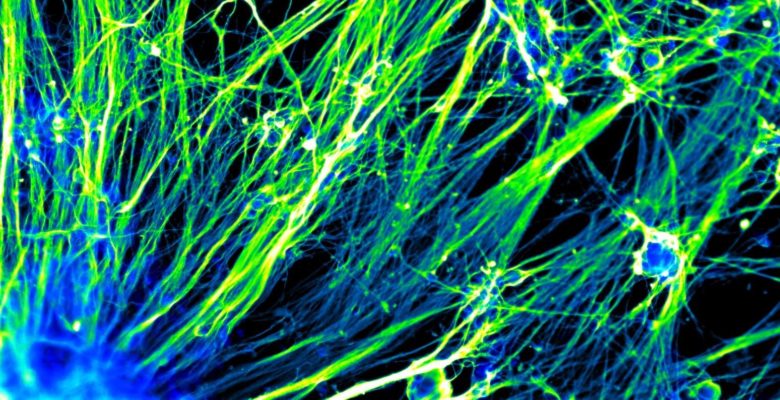What is Parkinson’s disease: an Overview
STATISTICS
•1 million Americans estimated with PD
•10 million worldwide estimated with PD
•Approximately 60,000 Americans diagnosed with PD annually.
•More people have PD than Lou Gehrig’s (ALS), multiple sclerosis, & muscular dystrophy – combined
•PD is second only to Alzheimers
•PD, if left unchecked, will outpace Alzheimers in the near future
•Men more likely to have PD (1.5 times more likely than women)
•Average age, 60, at time of diagnosis (risk decreases after age 80).
•Most cases have no familial link
•Approximately only 15% of people with PD have a genetic link. The other 85% are idiopathic (have no know cause).
•Head trauma, concussions & repeated blows increase risk
•Environmental causes: pesticides & herbicides increase risk
ORIGINS
Parkinson’s disease, first described by James Parkinson in the early 19th century, is a neurodegenerative disorder that primarily targets and destroys dopaminergic (DA) neurons in the brain in the the substantia nigra pars compacta. Parkinson’s disease (PD) is the second most prevalent neurodegenerative disorder behind Alzheimer’s disease and affects over 1.5%-2% of the population over the age of 60. There are 60,000 persons in the United States newly diagnosed with PD annually. Currently, in the United States there are approximately 1 million persons with PD and an estimated 10 million people worldwide.
Dopamine neurons in the substantia nigra innervate the striatum, where the neurotransmitter dopamine is released. Loss of proper dopamine regulation can lead to multiple symptoms, including motor symptoms (bradykinesia, rigidity, tremor, and speech problems) and cognitive decline.
It is estimated that over 80% of the dopaminergic neurons in the substantia nigra have already been lost by the time a correct diagnosis is made. While other neurons are involved in PD, the midbrain neurons appear to be the most susceptible to being destroyed, especially early in the disease’s progression. The exact cause of PD is unknown. There are many factors that have been identified as contributors to the possible development of PD, including environmental toxins and genetic susceptibility (in some but not all cases). Even so, the vast majority of PD diagnoses are still classified as idiopathic with no known cause. At this point in time there is NO CURE for Parkinson’s disease. There is no known way to slow its progression. Thus far, the best answer for slowing the progression of PD is exercise.
TREATMENT
Unfortunately, there is no cure for what we call “Parkinson’s disease” today. However, there are many evidence-based research groups and pharmaceutical companies working on a cure.
There are very effective treatments that help alleviate the symptoms of Parkinson’s disease by addressing the loss of dopamine. The mainstay of medical treatment is the use of medication to supplement the brain. There are many different medication options and methods to accomplish this. The need varies from patient to patient, therefore we recommend a discussion with your healthcare provider for an option that best suits your needs.
The effectiveness of today’s medications is finite and Parkinson’s disease is a progressive disease. It is important for you to visit your healthcare provider regularly.
Summit for Stem Cell Foundation supports efforts to change today’s definition of Parkinson’s disease and is working towards tomorrow with A Victory Over Parkinson’s.
WHAT CAN YOU DO?
1. Get informed. As we mentioned, there is great work begin done today for Parkinson’s disease. Talk to your healthcare provider. Be cautious of the information you find on the internet. When surfing the internet, look for evidence based information. (Summit for Stem Cell Foundation is in the process of creating a resource page. In the meantime, we recommend joining a Parkinson’s Support Group or Parkinson’s specific exercise program in your area).
2. Get connected with people who are experienced in Parkinson’s disease. Your healthcare provider, support groups, family, friends, etc.
3. Adjust your lifestyle to optimize brain and body health. The healthier you are, the best positioned your brain will be to stay well longer with the disease. Pay attention to: Nutrition, exercise, sleep, mood, and weight. Manage other health conditions you may have – especially those that affect brain health such as hypertension, diabetes, and increased cholesterol.

